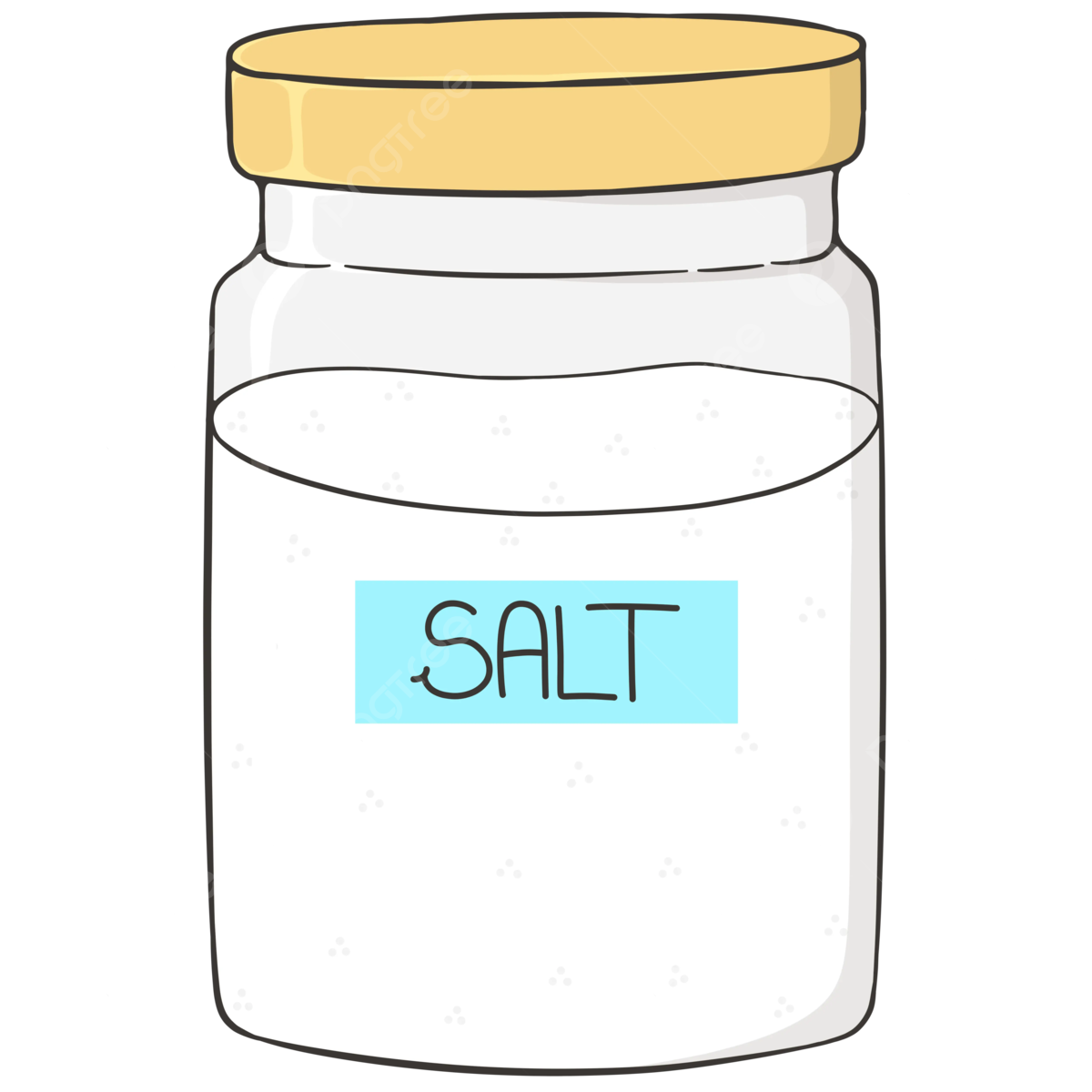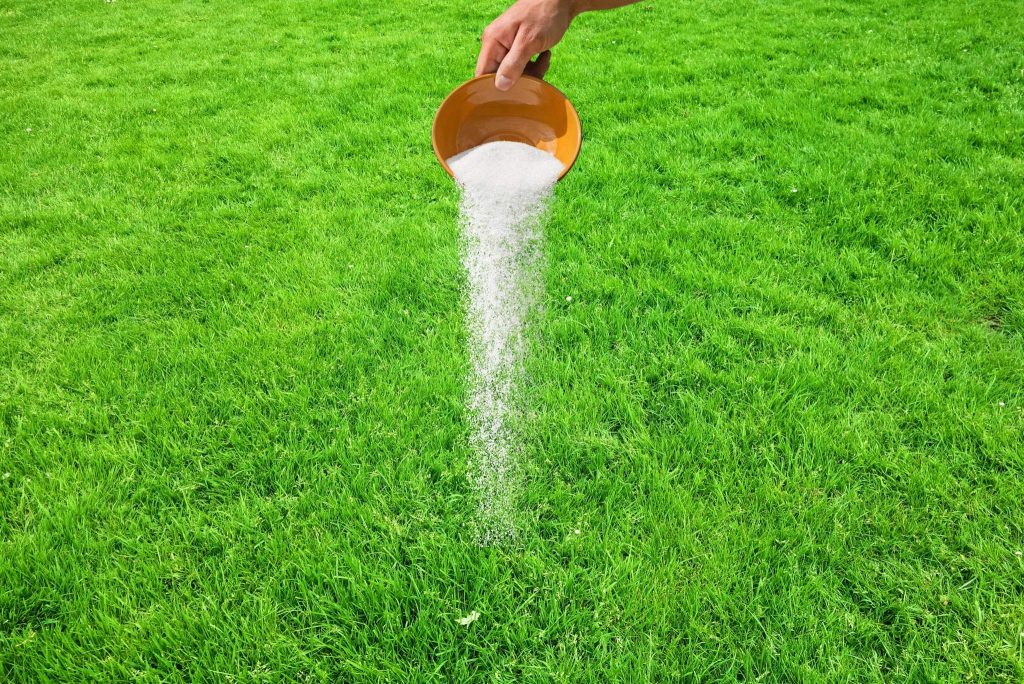Putting salt under the tongue has been a topic of curiosity for many, blending folklore, health claims, and cultural practices. It’s not just a quirky habit; it’s a practice that some people swear by for its supposed benefits. But what exactly does putting salt under your tongue do? Is it backed by science, or is it all hype? Let’s dive into this intriguing phenomenon and uncover the truth behind it.
You’ve probably come across this practice in random conversations or online forums, where people talk about using salt in unconventional ways. It’s not about seasoning your food here; it’s about placing a small amount of salt directly under your tongue. Sounds strange, right? But before you dismiss it as a myth, let’s explore why people are doing it and whether there’s any merit to the claims.
From boosting hydration to enhancing athletic performance, the supposed benefits of putting salt under the tongue have sparked interest among health enthusiasts and skeptics alike. In this article, we’ll break down the science, history, and cultural significance of this practice, helping you decide if it’s worth trying or just another fad. So, buckle up, because we’re about to get salty!
Read also:Unveiling The Magic Of Romantic Moments Your Ultimate Guide
What Exactly is Putting Salt Under the Tongue?
Putting salt under the tongue is exactly what it sounds like—placing a small amount of salt beneath your tongue and letting it dissolve. But why would anyone do that? Well, proponents of this practice claim it allows for faster absorption of electrolytes, which can help with hydration, energy levels, and overall well-being. It’s like giving your body a quick boost without having to chug a sports drink.
Now, here’s the kicker: the tongue is one of the most sensitive and vascular parts of the body. When you put salt under your tongue, it comes into direct contact with the mucous membranes, which can absorb nutrients more efficiently than swallowing. This method is believed to deliver sodium and other minerals straight into your bloodstream, bypassing the digestive system. Cool, huh?
Why People Do It
People turn to putting salt under the tongue for a variety of reasons. Some do it for hydration, especially during intense physical activities or in hot climates. Others believe it helps with electrolyte balance, which is crucial for maintaining proper muscle function and preventing cramps. Here are a few reasons why people swear by this practice:
- Hydration Boost: Salt helps retain water in the body, making it an effective way to rehydrate quickly.
- Athletic Performance: Athletes often use this method to replenish lost electrolytes during workouts or competitions.
- Energy Levels: Sodium plays a key role in nerve signaling and muscle contractions, so some people claim it gives them an energy boost.
- Cultural Practices: In certain cultures, using salt in unconventional ways is considered a traditional remedy for various ailments.
The Science Behind Salt Absorption
Let’s talk science for a sec. When you place salt under your tongue, the sodium ions dissolve and are absorbed through the mucous membranes. This process is called sublingual absorption, and it’s actually used in medicine to deliver certain medications quickly and effectively. Think of it like a fast lane for nutrients to enter your bloodstream without going through the digestive system.
But here’s the thing: while sublingual absorption is real, the amount of salt you can absorb this way is relatively small. Most of the benefits of salt come from its role in maintaining electrolyte balance, which requires larger quantities than what can be absorbed under the tongue. So, is it worth it? Let’s find out.
Does It Really Work?
The effectiveness of putting salt under the tongue depends on what you’re hoping to achieve. If you’re looking for a quick hydration fix, it might help to some extent. However, if you’re relying on it as your sole source of electrolytes, you might want to rethink your strategy. Here’s why:
Read also:Mosts Unveiling The Power Of Excess And Limitations In Everyday Life
- Salt under the tongue can provide a small boost in sodium levels, but it’s not enough to replace a full electrolyte drink.
- For serious athletes or people in extreme conditions, relying solely on this method might not be sufficient.
- There’s limited scientific research specifically studying the effects of putting salt under the tongue, so the claims are mostly anecdotal.
The History and Cultural Significance
Salt has been a valuable commodity throughout human history, used for everything from preserving food to paying workers (hence the term “salary”). In many cultures, salt is also seen as a symbol of purity and protection. So, it’s no surprise that people have come up with creative ways to use it for health and wellness.
In traditional medicine, salt is often used to treat dehydration, fatigue, and other conditions. For example, in Ayurvedic practices, saltwater gargles and salt baths are common remedies. Similarly, some Native American tribes used salt as a natural energy booster during long journeys. These practices might not involve putting salt directly under the tongue, but they highlight the importance of salt in maintaining health.
Modern-Day Applications
Today, putting salt under the tongue is gaining popularity among health-conscious individuals and athletes. It’s seen as a natural alternative to commercial sports drinks, which often contain added sugars and artificial ingredients. Plus, it’s super easy to do—no fancy equipment or expensive supplements required. Just grab a pinch of salt, and you’re good to go.
Types of Salt to Use
Not all salt is created equal, so if you’re thinking about trying this practice, it’s important to choose the right type. Here are some options:
- Himalayan Pink Salt: Known for its mineral-rich composition, this type of salt is a popular choice for sublingual use.
- Celtic Sea Salt: Another mineral-rich option, Celtic sea salt is harvested from the coast of France and is considered a healthier alternative to table salt.
- Kosher Salt: Larger grains and less processed than table salt, kosher salt is a good option if you want to avoid additives.
Stay away from iodized table salt, as it often contains anti-caking agents and other additives that might not be ideal for sublingual use. Stick to natural, unrefined salts for the best results.
How Much Salt Should You Use?
Now, here’s the million-dollar question: how much salt should you put under your tongue? The general recommendation is a small pinch, about the size of a grain of rice. Any more than that, and you risk overloading your system with sodium, which can lead to dehydration and other health issues. Remember, moderation is key!
Potential Risks and Side Effects
While putting salt under the tongue might sound harmless, there are a few things to keep in mind. Consuming too much sodium can lead to high blood pressure, kidney problems, and other health issues. If you have a history of these conditions, it’s best to consult with a healthcare professional before trying this practice.
Additionally, some people might experience a burning sensation or irritation when placing salt under their tongue. If this happens, try reducing the amount or switching to a finer-grain salt. Your tongue will thank you!
Tips for Safe Use
Here are a few tips to ensure you’re using this practice safely:
- Start with a small amount and see how your body reacts.
- Choose high-quality, unrefined salt for the best results.
- Don’t overdo it—stick to the recommended amount.
- Stay hydrated by drinking plenty of water, especially if you’re using this method during physical activity.
Alternatives to Putting Salt Under the Tongue
If you’re not sold on the idea of putting salt under your tongue, there are other ways to boost your electrolyte levels. Here are a few alternatives:
- Electrolyte Drinks: These are specifically formulated to replenish lost electrolytes and are a great option for athletes.
- Salt Tablets: Available in many sports stores, these tablets are designed to dissolve quickly and provide a concentrated dose of electrolytes.
- Natural Foods: Bananas, coconut water, and avocados are all excellent sources of potassium and other essential minerals.
Which Method is Best for You?
The best method depends on your personal preferences and needs. If you’re looking for a quick and easy solution, putting salt under your tongue might be worth a try. However, if you’re dealing with more serious hydration or electrolyte issues, consider incorporating other methods into your routine.
Conclusion: Is Putting Salt Under the Tongue Worth It?
In conclusion, putting salt under the tongue is a fascinating practice with potential benefits for hydration and electrolyte balance. While the science behind it is still evolving, many people swear by its effects. That said, it’s important to approach this practice with caution and moderation, especially if you have underlying health conditions.
So, what’s the verdict? If you’re curious and want to give it a shot, go for it! But don’t rely on it as your only source of electrolytes. Combine it with other healthy habits, like staying hydrated and eating nutrient-rich foods, for the best results.
And hey, if you try it, let us know how it goes! Drop a comment below or share this article with your friends who might be interested. Who knows? You might just start a salty trend!
Table of Contents
- What Exactly is Putting Salt Under the Tongue?
- Why People Do It
- The Science Behind Salt Absorption
- Does It Really Work?
- The History and Cultural Significance
- Modern-Day Applications
- Types of Salt to Use
- How Much Salt Should You Use?
- Potential Risks and Side Effects
- Tips for Safe Use
- Alternatives to Putting Salt Under the Tongue
- Which Method is Best for You?
- Conclusion: Is Putting Salt Under the Tongue Worth It?


